TEXT BY SAEED IBRAHIM
PHOTOGRAPHS BY DEEPAK SRIDHAR AND NAILA IBRAHIM
Bangalore, Karnataka, India
It was the early 1960’s and I was in the sixth standard at St. Mary’s High School in Bombay (now Mumbai). Our teacher was taking a lesson on geology and the subject was how gems and precious stones are formed. Each of us was asked to prepare a short class presentation on the topic for the following day. I had found the subject interesting but went home nervous about how I was going to gather and put together the required information.
I approached my father, who instead of sitting me down and giving me an instructive talk on the subject, took me by the hand and led me to the bookshelf pointing to a set of dictionary volumes sitting neatly arranged on the second shelf and within easy access. I reached out and selected Volume 3 which contained the words from D to H from DRY to HARK. Opening the page in search of the word “gem”, I was enthralled by the spectacular array of gems and stones in vivid colours displayed on the facing page. This first introduction to the colourful world of gems spurred me on to delve deeper and check out several other entries on related subjects in order to gather more substantial information. My presentation to the class the next day went off well. It is such a long time ago that I do not recall the details of what I said or how I made my presentation, suffice it to say that it won high praise from my teacher and widespread acclaim from my fellow class mates.

I had been encouraged by my father to find out and investigate for myself and that was the beginning of a long lasting and enduring dictionary habit. In an age when access to “Google” and “Wikipedia” was unheard of, the eight beautifully bound volumes of “The Children’s Dictionary” with their thick black leather covers with gold lettering on the book spines presented a gold mine of information for the curious mind and provided many pleasurable hours devoted to sifting knowledge through their pages interspersed with drawings and colourful illustrations.
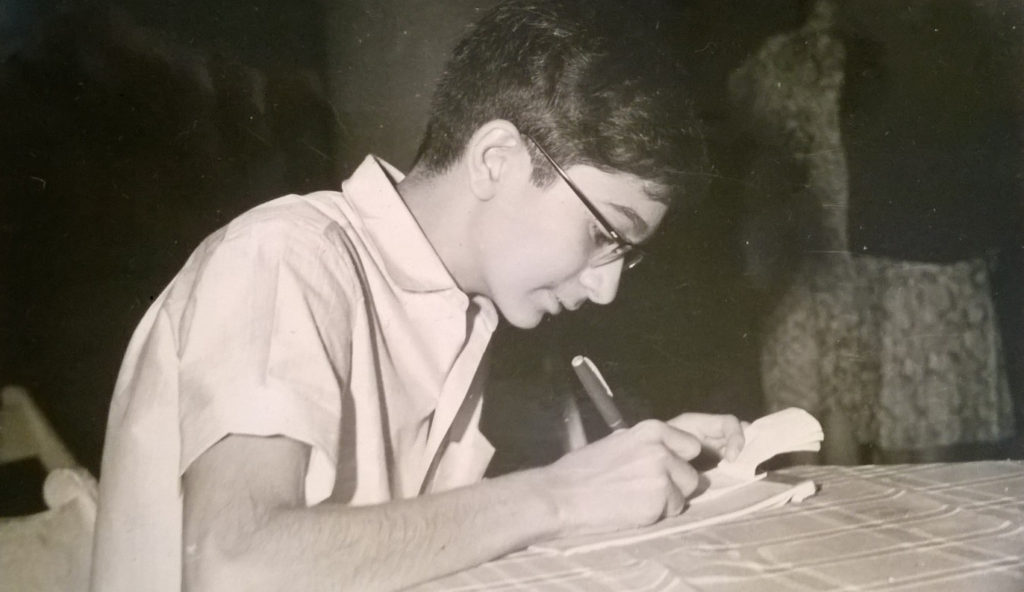
The Children’s Dictionary was published in the year 1910 by the Standard Literature Co. Ltd with publishing offices in India, Burma and Ceylon. Today the texts of the dictionary’s pages can be accessed through the Digital Library of India. The dictionary volumes were edited by Harold Wheeler with a team of associate editors and a gallery of eminent contributors. The volumes date back to the colonial period in India and were purchased by my father and his older brother in the late 1920s when they were students at St. Xavier’s College, Bombay. Of the eight volumes, each measuring 25 centimetres X 17 centimetres X 4.5 centimetres, seven are dictionary volumes from A to Z from “AARDVARK” to “ZYMOTIC” and the eighth volume is a vocabulary builder volume and also contains an outline of English literature from the earliest times to the present day.
The pursuit of knowledge, reading, books and literature were very important for my father as was geography and travel and he tried to inculcate these habits amongst his children. My younger sister did her M.A. in Geography from Delhi University and taught at the British School in Delhi. I studied at my father’s alma mater, St. Xavier’s College, Bombay and later at the University of the Sorbonne in Paris. I spent several years in the travel industry promoting India as a destination to French tourists and teaching French as a foreign language to students in my spare time.
In my turn I have have attempted to pass on the same tradition to my own children, my elder daughter is a doctoral candidate at Drexel University in the USA and my younger daughter teaches English and History at a school in Bangalore. So my father’s legacy of knowledge has in a sense been carried forward.
The eight volumes of the Children’s Dictionary have stayed in our family over the years carrying on a literary heritage and providing a source of knowledge and inspiration to succeeding generations. The pages have yellowed with time and require sensitive handling but the lustre of the colour plates stays undimmed. When my family moved to Bangalore in 1990, the volumes of the Children’s Dictionary moved with us. The spine covers of volumes 1 and 8 have succumbed to age and the vagaries of weather and somewhere down the line I did need to have the volumes re-bound. However, the original front and back covers and the gold lettering on the other 6 volumes remain intact. Together the eight volumes stand proudly amongst a host of contemporary books on our bookshelf bearing proud testimony to the fact that knowledge shall endure even with the passage of time.
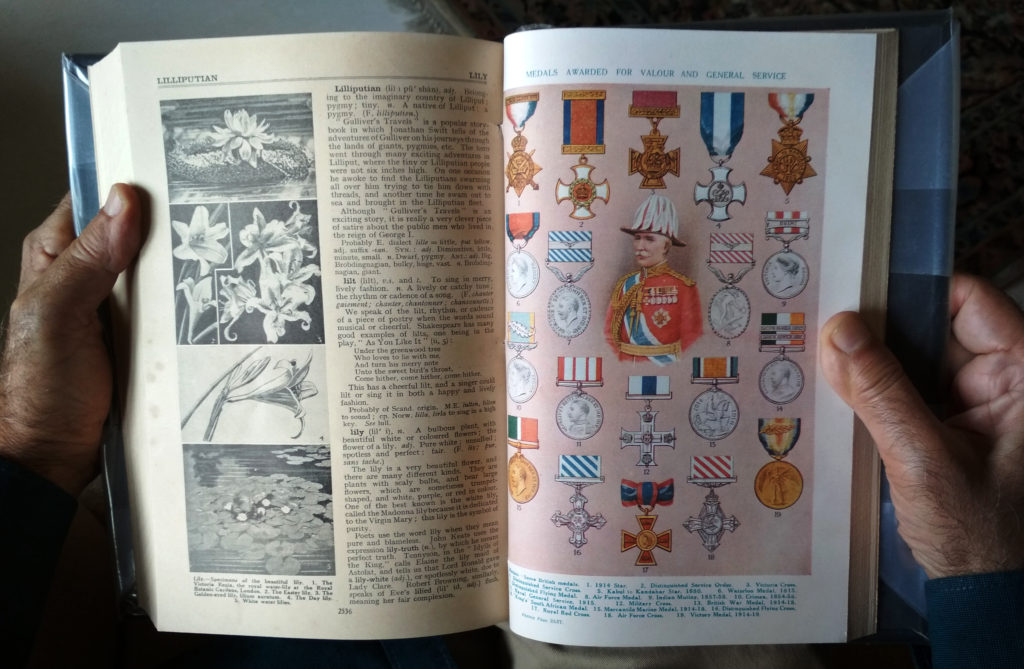

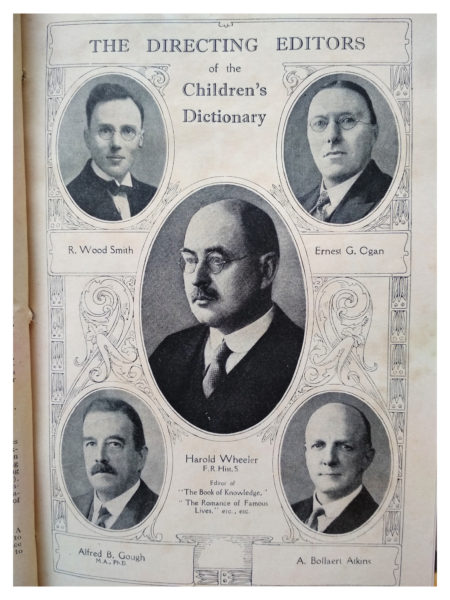
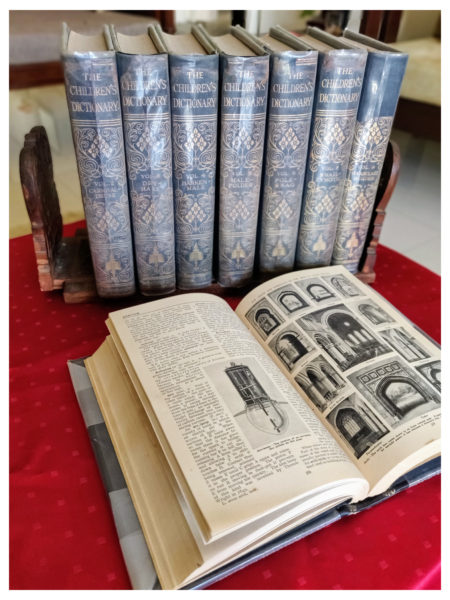
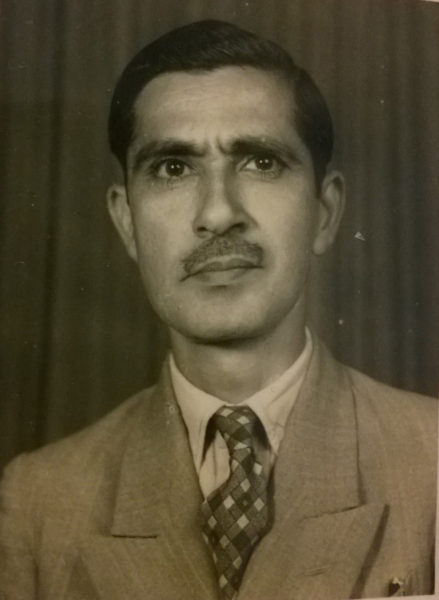
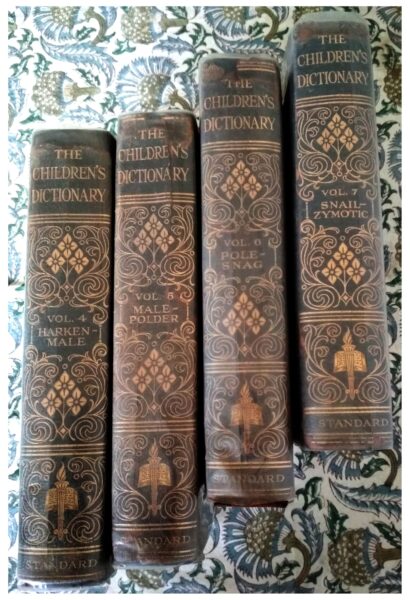
Thank you Aanchal and Navdha for putting up my piece for the Museum of Material Memory. What a great job you both have done in providing a vehicle for so many individuals and families to share their stories linked with the history and heritage attached to material objects. I am sure for many it is a means of not just preserving the memory of past generations but also of honouring and acknowlding their contribution.
What a wonderful piece of writing Saeed. I truly hope your book gets published and it will be a great read if this story is a yardstick to go by. Always, all the best.